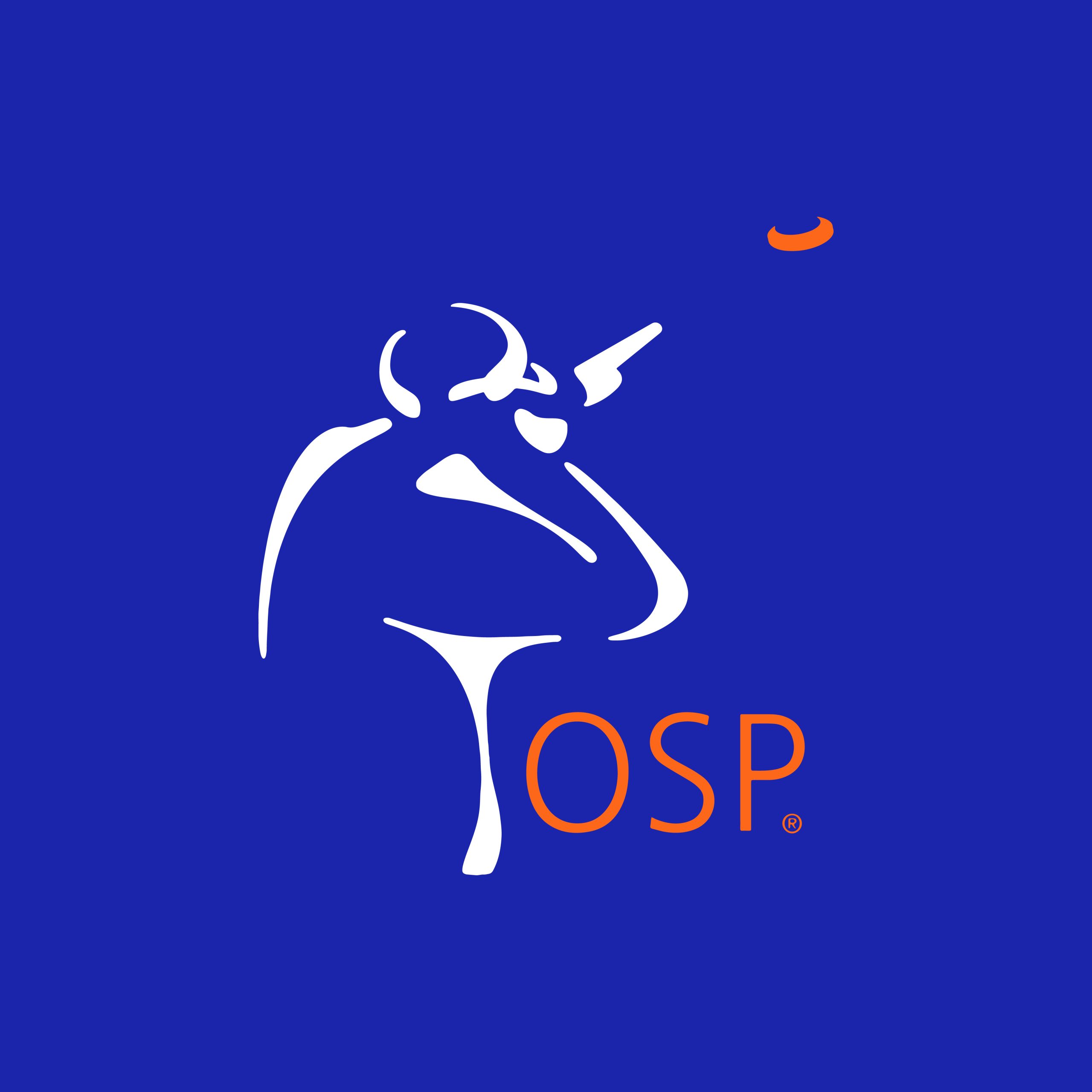Learning to Shoot and Learning to Perform
Learning to shoot is about learning to control the target from in front and break it ten times in a row. Learning to perform is about learning how to think, learn from failure, and control fear.
Fear is necessary. Without it, there would be no courage. Too much fear and you go conscious and shoot not to miss. Too little fear and you become overconfident and don’t prepare well enough or give all targets the same respect. There’s a fine line between “peak performance” and “don’t give a s***”! The only way an athlete can ascend into the peak performance zone is through practicing enough that what he does happens without fear and overthinking.
We find that the biggest problem in explaining a subconscious function is that you can’t describe subconscious actions using conscious terms. You end up splitting hairs.
One thing we have learned: you can’t think your way to the right action. You must act your way to the right way of thinking.
Said another way, facing a 50-yard right-to-left chandelle, you can’t simply say, “it is like me to break that target” especially if you have never have broken that target before. On the other hand, if you have broken that target 1000 times in practice, then your thought when you see it is, “it is like me to break that target!”
When you speak of subconscious function in conscious terms, the same words mean two different things to two different shooters based on their experience – not only shooting but performing as well.
What we see is that as shooters get better, their perceptions change, and their attitudes change about how they must think to be able to anticipate ahead of the target, even though they see it where it is. What they see or perceive when they shoot also changes or evolves.
You could talk to ten people who could run ten straight and ask them what they saw and you could get a couple of answers that would be similar. But most would be totally different based on their experience and training. One shooter might see four inches in front and three inches under. I would see the bird across the barrel and a stable picture with the gun in front of the target. Another shooter might see the muzzle leaving the target slowly as he triggers the shot. Even shooters who shoot one-eyed and squint their eye as they trigger the shot might see four units in front and two units under. To each, the perception is real and each can break the target ten times in a row.
So when you change your shooting style, you go very conscious with everything you do. As a result, you will score less. But this is a very natural process of improvement and there are no shortcuts. After you train the new style into your game, you begin to think less and just do. Then you will find yourself shooting better, but not scoring better. Then all of a sudden it will happen. You will shoot better and begin to score better. You have not changed, but the perception in your brain has, and this has allowed you to shoot at a higher level with a different perception of what is going on when you do.
Will your perception be the same as others? Who knows? It doesn’t matter, because to you, your perception is real and it has allowed you to achieve higher levels of performance.
Without exception, every athlete we have coached or studied in shooting, golf, fishing, life skills as well as business performance, as they begin, their moves and thought processes were excessively jerky and inefficient. As they got better through training and being coached, their moves got better, more efficient, and smoother, and then they began to think differently. They thought less about mechanics and more about scoring. Their scores improved by doing more with less movement.
As their competence improved, so did their confidence. As their confidence improved, they thought less and become more consistent. As they became more constant, they began to think like a champion, because it is like them to win. When they began, they were thinking too much, but they didn’t have the skills to be able to not think! In the end, they eventually realize that when they think during the shot, they lose.
There is a time to think during the planning of the shot. But when the birds are in the air, you better be in “do” mode. In our experience, the amateurs do it until they get it right. The pros do it until they can’t get it wrong.
In life, whatever happens to you can become something negative or something to learn from; the choice is yours. There are no neutral areas. Either negative or an learning experience. It’s all up to you and how you choose to react. When you look at performance this way, it takes “what others might think” completely out of the equation.
In our experience, this is the number one way fear comes into your game. It becomes what you make of it.




